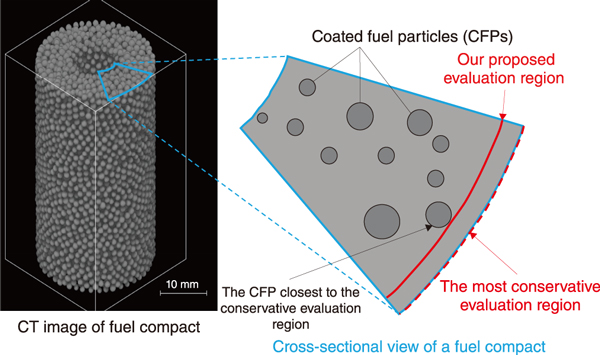
Fig.1 X-ray computed tomography (CT) image of the distribution of coated fuel particles in a fuel compact

Fig.2 Computational model for thermal conduction evaluation in a fuel compact reproducing the actual heterogeneous CFP distribution (left) and the calculation results of temperature-rise distribution across the fuel compact (right)
High Temperature Gas-cooled Reactor use coated fuel particles (CFPs) that comprise fuel kernels of uranium dioxide coated with multiple layers of pyrolytic carbon and silicon carbide. As the core burnup progresses, the carbon in the coating reacts with the free oxygen from the fuel kernel, vaporizes on the hot side, and precipitates and accumulates on the cold side. The formation of carbon monoxide may cause migration of the fuel nucleus, a phenomenon in which the fuel nucleus is pushed out of the gap created on the hot side. Therefore, the fuel kernel migration rate (KMR) during the operation period is evaluated in the core design to confirm that the fuel kernels do not come into directly contact with the coating at the end of the burnup period.
In a previous study, KMR was evaluated for particles located on the outer surface of the fuel compact, where the temperature gradient was the largest. However, such an overestimation limits the core performance. Therefore, we proposed a method that can reasonably evaluate the KMR by considering the inhomogeneous CFP distribution in the fuel compact, while maintaining the conservatism of the evaluation results.
Specifically, we proposed a method for selecting the evaluation point of the KMR to the outermost region where the CFP exists (Fig.1, right) based on a CT image of a fuel compact (Fig.1, left). In the case of the HTTR fuel, an evaluation point is set to 0.20 mm inside from the outer surface of the fuel compact. According to our evaluation, using the proposed method, the KMR can be reduced by approximately 8% compared with the conventional method.
To confirm that our proposed method is sufficiently conservative, the KMR obtained by the proposed approach was compared with a reference case in which the KMR was estimated from the temperature distribution (Fig.2, right) in the fuel compact. This distribution was obtained via a thermal conduction evaluation using a computational model to reproduce an actual heterogeneous CFP distribution (Fig.2, left). First, the Monte Carlo neutron transport calculation code MVP was used to calculate the fission reaction rate, namely, the heat generation rate, by dividing the fuel compact into eight radial regions for each CFP packing fraction.
Second, the temperature distribution in the fuel compact was calculated from the heat generation rate using the finite element analysis code, ANSYS. The results of the comparative study show that the KMR in the reference case is smaller than that obtained using the proposed method.
This finding led us to conclude that the proposed approach provides a conservative evaluation of the KMR. This outcome may contribute to improving the core performance, for example, by enabling longer burnups.
(Shoichiro Okita)